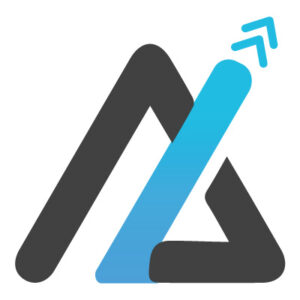App Builder, the low code platform from software company Infragistics that streamlines app creation from design to code, has released Part 1 of its two-part 2025 App Development Trends Report. The inaugural report reveals the significant role that low-code and no-code solutions now play in organizations, with 95% of companies having used the tools for software development in the past year. Even as companies integrate AI into more parts of their business, 84% of tech leaders say that AI will not replace their reliance on low-code and no-code solutions. Instead, more than three-quarters (76%) of them say that AI will make their existing tools more efficient.
AI Authority Trend: Mapbox and Hyundai AutoEver Show AI-Driven 3D Navigation and Voice Experience at CES 2025
App Builder’s 2025 App Development Trends Report explores how companies are currently using low- code and no-code tools in software development. The report highlights the impact of these solutions across organizations, including driving efficiencies, reducing costs and increasing flexibility. The new report also reveals how tech leaders believe emerging technology and trends, like AI, will impact low-code and no-code development.
“Companies’ use of low-code and no-code tools have steadily increased over the past decade–and today these solutions are critical to how developers, designers, CIOs and others build scalable applications and effective development processes. Now, as AI converges with low-code and no-code, we’ll see an entirely new paradigm emerge that will change how apps are built, who can build them and how fast it can happen,” said Jason Beres, SVP of Developer Tools, Infragistics.
The new, two-part report is based on research conducted by market research firm Dynata, on behalf of App Builder.
AI Authority Trend: BCMI Expands ProPilot AI Capabilities to Empower Concrete Producers With New Agent
Among the findings:
- Nearly every tech leader is seeing time and money savings with low-code and no-code tools. Ninety-eight percent (98%) of tech leaders reported development time savings with low-code and no-code solutions–with nearly 4 out of 5 companies (78%) saving up to 50% of development time. It’s not just time saved, 62% of companies that use low-code and no-code tools have reduced software development costs. While more than half (67%) of tech leaders say they’ve reduced costs up to 30%, ten percent of them say they’ve reduced costs by more than half.
- Companies’ reasons to use low-code/no-code tools have evolved. Many of the top reasons companies implemented low-code and no-code tools continue to be why they use them today, with improving developer productivity (37%) leading the list. But other reasons to use the tools have grown in importance since initial implementation, including allowing developers to focus on more strategic work (25% now vs. 22% initially), increasing end-user satisfaction (20% now vs. 17% initially) and decreasing manual errors (19% now vs. 15% initially).
- Custom application development is now a priority for companies. Generic applications don’t cut it anymore; businesses need to evolve their apps to meet the unique needs of their business and customers. Nearly one-third of tech leaders (29%) say their top reason for using low-code and no-code tools is to increase flexibility to create custom apps that meet specific company needs.
“It’s clear low-code and no-code tools are here to stay. As companies incorporate AI and other new technologies into low-code and no-code development, tech leaders must not only leverage the benefits of automating more app development processes faster, improving collaboration and increasing productivity, but ensure their organizations and development teams continue to evolve and upskill with their technology,” added Beres.
AI Authority Trend: AI Vets Mike Henry and Tim Harris Launch Parasail, an AI Network With Top On-Demand GPU Access
Source – globenewswire
To share your insights, please write to us at sudipto@intentamplify.com








